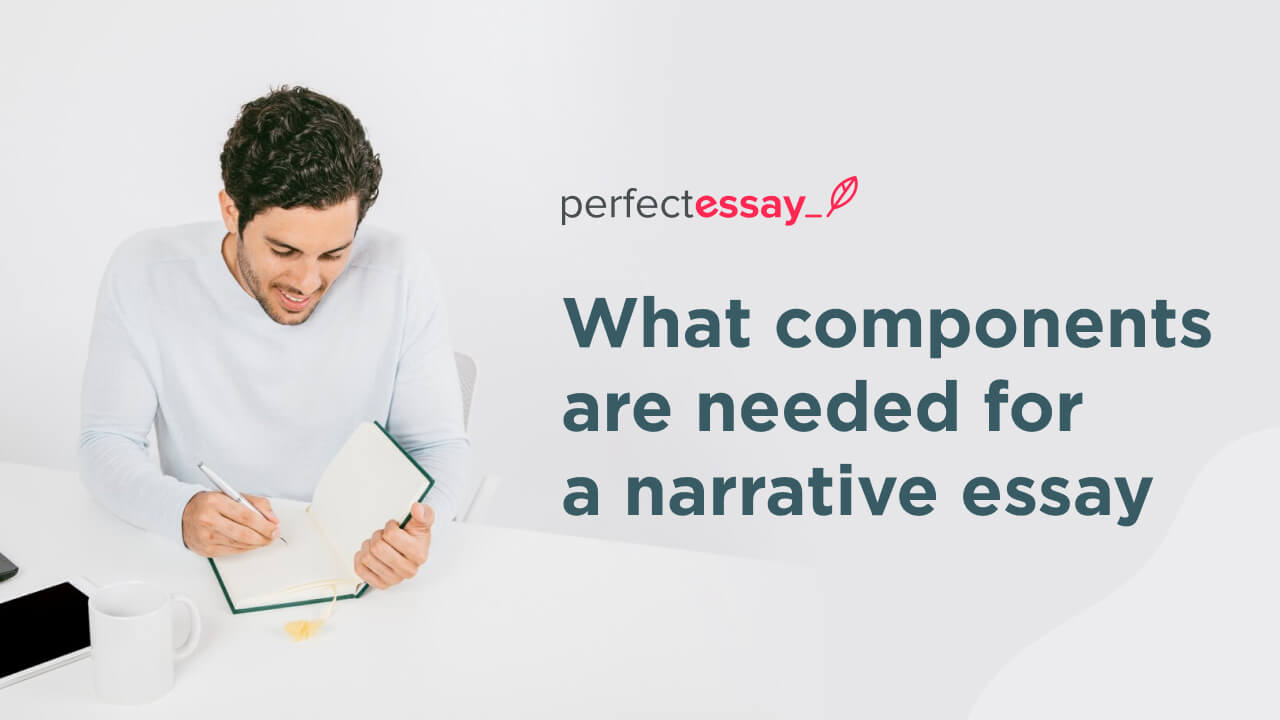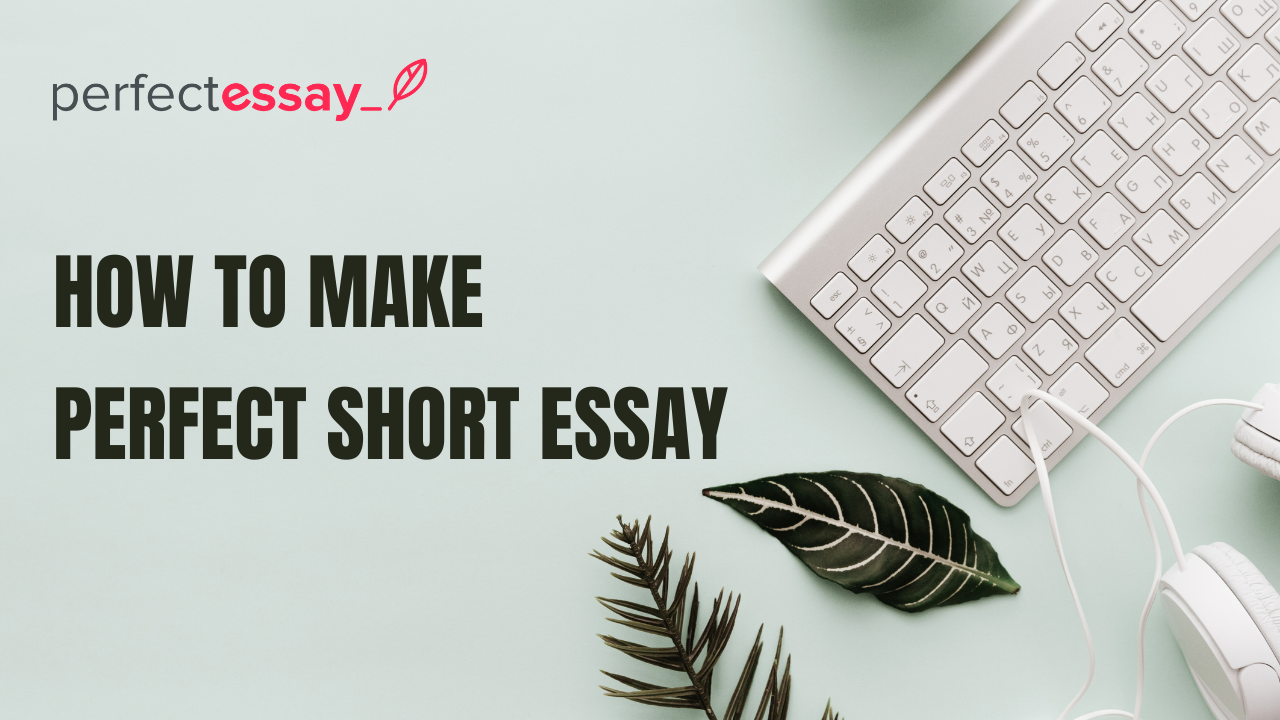Table of Contents
Opening Remarks
Academic writing, whether it is a thesis or a dissertation, follows a rigid structure with detached language devoid of any emotion or sentiment. Still, some exceptions could be a breath of fresh air for students. Narrative essay writing is about writing an essay based on a personal experience or incident and drawing meaningful conclusions from it that can be relatable to readers.
This type of writing in both schools and colleges to gauge the writing skills as well as the depth of imagination of students. The majority of colleges ask aspirants to write narrative essays based on a given topic and determine their candidature based on the writing.
Composing A Bold & Brief Thesis Statement
A narrative essay is as good as its thesis statement. It comes in the introduction section of the essay and lets the readers know what is the stance of the writer on a certain matter. It also reveals the theme of the essay and foreshadows the events that might unfold in the body of the essay.
A thesis statement is the pivot of the essay around which the whole narrative revolves. That’s why it needs to be brief and bold to leave a lasting impact and move the readers.
Describing The Topic
Topic selection is one of the most crucial preliminary things that writers must nail down before starting a narrative essay. The topic should cover the essence of the narrative and lure the reader in. But it should not reveal the whole thing because this could put off readers.
A topic can be created by matching and mixing elements from space and time. For instance, you can write a narrative essay about the first time you visited a zoo. It combines the first time and the zoo giving a novel element to the story.
Fundamental Elements of Narrative Writing
This is also called the introduction of the narrative essay. In this section, a writer sets the stage and lets readers know what is to come in the succeeding sections. Mostly, the ending of the introduction has the thesis statement. It should be compelling with an effective hook so that readers feel compelled to read further on.
The plot is the unraveling of the story through narrative writing elements. It is about what the central character, the protagonist, and other secondary characters do in the story. It is about the chain of events that are set in motion that affect the upcoming narrative.
The setting is the when, where, and how of the story. It usually concerns the time and place of the story and adds to the details for readers to better understand and follow the story. That’s why it should be well-thought-out and rich to bind the readers to the story.
In many cases, a theme is not directly blurted out on paper for readers but is subtly woven into the narrative. Many writers rely on anti techniques to stress themes. For example, they would joke about the loss to make it seem trivial. In reality, it highlights it and reveals the nuances of the character facing the loss.
In the end, the lessons learned and the reflections of the writer from the narrative are summed up in the conclusion. This is another section in the narrative essay where the writer can directly make statements about the theme by reminiscing on tragedy, loss, excitement, and so on.
Various Narrative Writing Styles
It would have been bland and devoid of flavor if narrative writing did not have many styles. Realistically, there are infinite ways to write a narrative, as long as it connects with the reader and lets them draw parallels to make it further relatable.
Technically, these are the most popular and recognized narrative writing styles.
Linear
This is one of the most widely used narrative styles because it is easy to write for school and college students and easy to follow for average readers. It describes the events in chronological order. In this way, the causes and effects of the narrative become clear and the whole may come out as relatable to the readers.
Non-Linear
Through the application of flashbacks and other literary techniques to shift the chronological order, writers weave a non-linear narrative. This is a surely advanced form of writing compared to the linear writing style because writers need to tie the loose ends and keep the continuation of the facts in mind.
Quest
The stories of achieving something or getting somewhere all come in the category of a quest narrative. It does not follow the principal movements of the time, both forward and backward. Since the rationale behind writing this narrative is to reveal the passion and life objective, it is known as the quest narrative writing style.
Viewpoint
Viewpoint narrative is often used in fiction also to paint a world based on the narrator’s subjective experience. That’s why academics have come up with the term “unreliable narrator”, a narrator that is too consumed with personal emotions and sentiments that they can not be trusted.
Professional Tips For Narrative Writing
Many writers, in a bid to assert their dominance, resort to difficult terms and phrases. They think that it would make them look professional and grand whereas it weakens their narrative. That’s why master writers suggest that the writing should be clear and easy to follow because the purpose of narrative writing is to tell a story.
Providing necessary details is a must because otherwise, readers could not keep up with the story. So they provide too many details and affect the pace of the narrative resulting in poor structure and readability. The best way to avoid that is to enter a scene as late as possible and leave it as early as possible.
A narrative essay is an account of a personal experience or event that happened in the past. It influenced shaping the thought and life events that came after the incident. That’s why it is necessary to choose the right person narrative to convey that message. The second-person narrative is gaining a lot of traction in fiction but it is not perfect to weave a relatable narrative for readers.
Readers need to get themselves immersed in the story. For that, they need a believable story written in the bold language. Instead of relying on merely describing the events through stolid prose, writers should use emotive and vigorous language to evoke images and emotions in the minds of the readers. Even in fiction writing, this is a must because without getting readers in the story, it could fall flat and the purpose of writing is lost.
Narrative essays do not need references for every second line, like other academic writing pieces. Since it is based on subjective feelings emanating from a personal incident or experience that sets the tone and theme for the essay, it can hardly use a reference or citation. Still, if you have to, it is best to use them sporadically and make sure that they are not disruptive to the real narrative.
Choosing The Best Writing Style
Just like the content of the narrative essay, the preference for a specific writing style is subjective. One writer may prefer one writing style over the other because they feel it would serve their narrative better.
Understanding The Perfect Style
Before jumping in to write the complete narrative essay, it is best to step back and weigh all the options of style. Writers should research and gather their data first before writing and based on that research, they can choose the style of writing.
Linear narrative writing is one of the oldest styles and still the most popular one in the narrative writing game. Yet, writers can come up with other ways to present their “facts” and infuse a theme into the narrative.
Readers’ Persona
The primary purpose of writing a narrative essay is to entertain readers and present them with a story that can resonate with them. Of course in schools and colleges, writing is about honing and gauging students’ writing skills.
In both extreme scenarios, it is necessary to understand the readers’ persona. Whether it is a class teacher, an admissions committee, or college admissions, students need to keep this in mind while weaving their narrative.
Outlining Narrative Essay To Make It Palatable
Outlining is an excellent practice for writers to understand the structure for themselves and then write it in a way that the story becomes easier to read and follow for the readers. While writing without planning, writers can get stumped with too many details.
That’s why outlining is the first step in the right direction to make sure that the essay is written without losing any of its essences.
Following Rigid Structures
Since it is a subjective type of writing, writers more often than not break the mold and come up with truly original ways to compose a riveting narrative. On the other hand, some rely on rigid structures and make sure that they are followed by others through recognition and praise.
Blurred Lines
Fiction writing has seen a lot of narrative writing where writers rely on their personal experiences and infuse them with fictional plots and characters. This liberty has blessed us with many moving stories and sagas that still resonate with readers after centuries.
The biggest advantage of following rigid structures is the blurred lines between fiction and fact. This allows writers to fully explore themes by adding or omitting characters, setting, theme, and plot points.
Too Much Truth?
The downside of narrative writing can be adherence to too much truth, especially in school and college writing. It is a rare sight to find a truly gripping narrative essay for school because they are too bogged down by rigid structures and guidelines to “stick” to the truth.
So, the question is, how much truth is too much in narrative writing? As in many cases, the causes or effects are not too obvious or the theme is not completely revealed by the writer resulting in bland prose.
FAQs
What are a narrative essay and its examples?
A narrative essay is a personal account of a personal experience or incident that is relatable to readers. It is about a central point of change or conflict that changes the succeeding course of the event.
Examples of narrative essays include writings by writers such as Ann Lamott, Joan Didion, etc.
What is the definition of a narrative essay?
The basic definition of a narrative essay is a type of writing that tells a story with a clear starting and ending point. In the middle, which is called the body of the narrative the writer conveys the story with believable characters, setting, and plot.
What are the 3 absolute essentials of a narrative essay?
A narrative essay is based on a subjective experience. Still, it follows a rigid structure that makes it easier for readers to follow it, from start to the finish.
That’s why writers should have a clear grip on the 3 defining components of a narrative essay:
- Opening/ Introduction
- Body/ Discourse
- Closing/ Conclusion
What makes a good narrative essay?
Following are some of the traits that make a narrative essay great:
- Engaging Content
- Clarity of Prose
- Perfect Writing Style
- Rigid Structure
- Believable Characters
What is the main feature of a narrative essay?
The main feature of a narrative essay is to tell a riveting story. It is about connecting with readers and making them involved with the story through believable characters. Everything else in the essay, such as structure, style, and so on, exists to serve and strengthen the very purpose.
Concluding Remarks
Understanding the 3 major components of a narrative essay is important because everything else depends on it. They include cooperation between different elements, from plot to characters to setting and theme.
We have shed ample light on all of them including some pro tips on how to nail your narrative essay and writing styles to secure maximum scores. So, before starting your essay, it is best to go through this article to cover all the bases.




